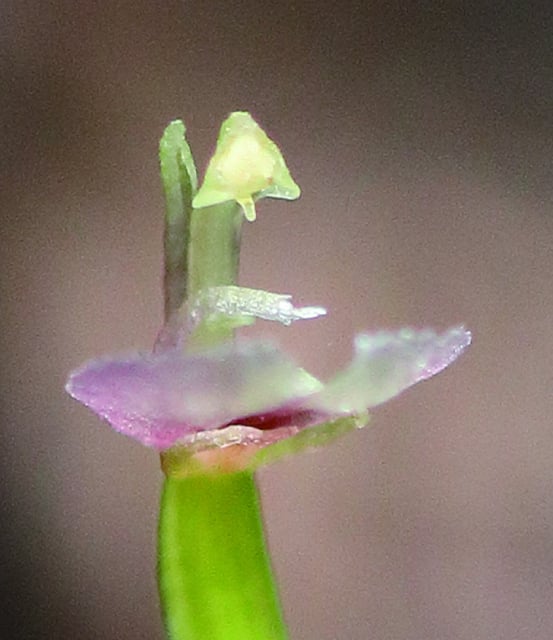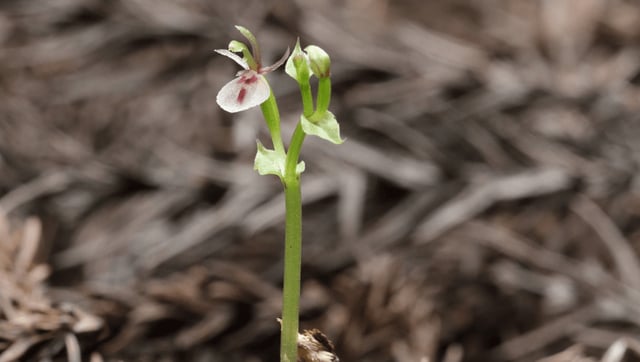Overview
- The orchid Stigmatodactylus sikokianus, named in 1889 for its finger-like stigma appendage, has been revealed to self-pollinate using this structure after a 130-year mystery.
- Kobe University botanist Suetsugu Kenji discovered that the appendage acts as a bridge between the stigma and pollen-carrying anther, enabling fertilization three days after the flower opens.
- This delayed self-pollination allows the orchid to prioritize cross-pollination opportunities before resorting to selfing as a reproductive fail-safe.
- The plant thrives in dimly lit forest understories with scarce pollinators, highlighting its evolutionary adaptation to challenging environments.
- The findings emphasize the value of integrating taxonomy, ecology, and evolutionary biology to uncover novel botanical phenomena and were published in the journal Plants, People, Planet.

